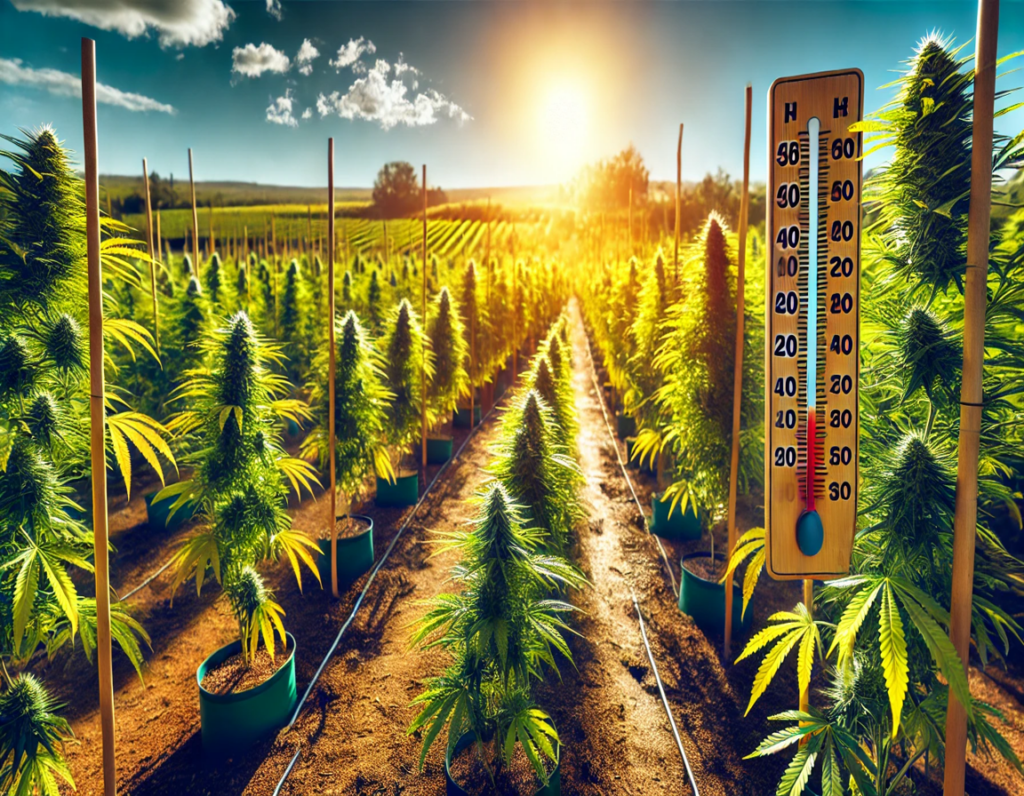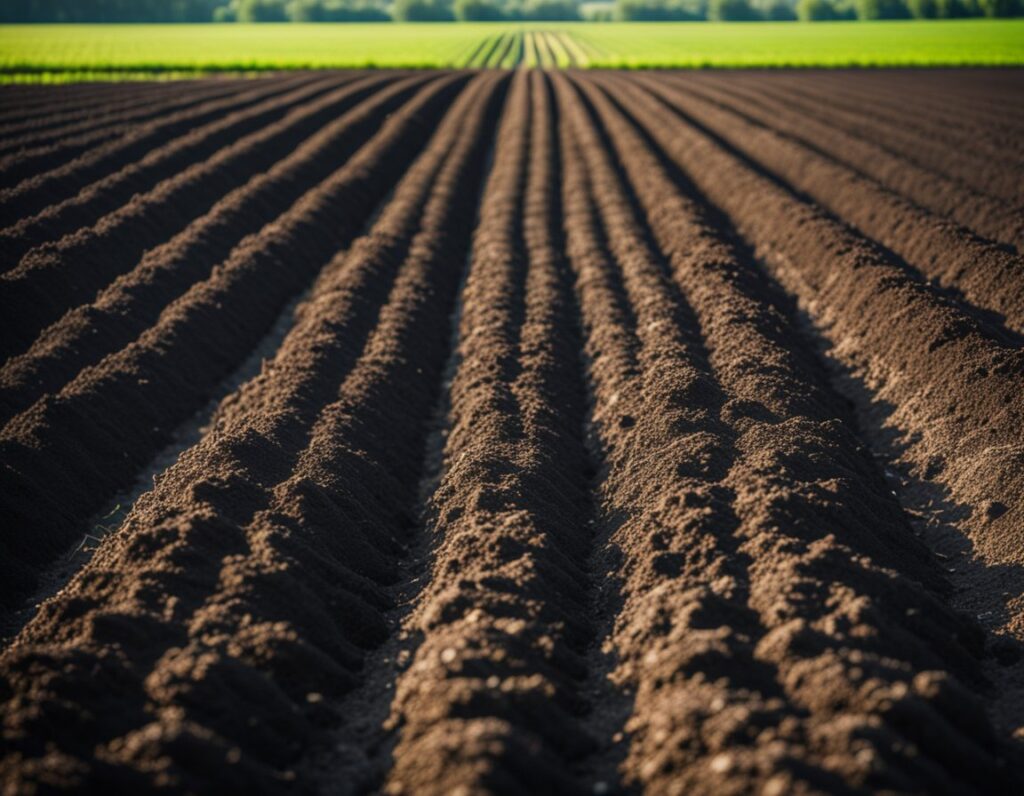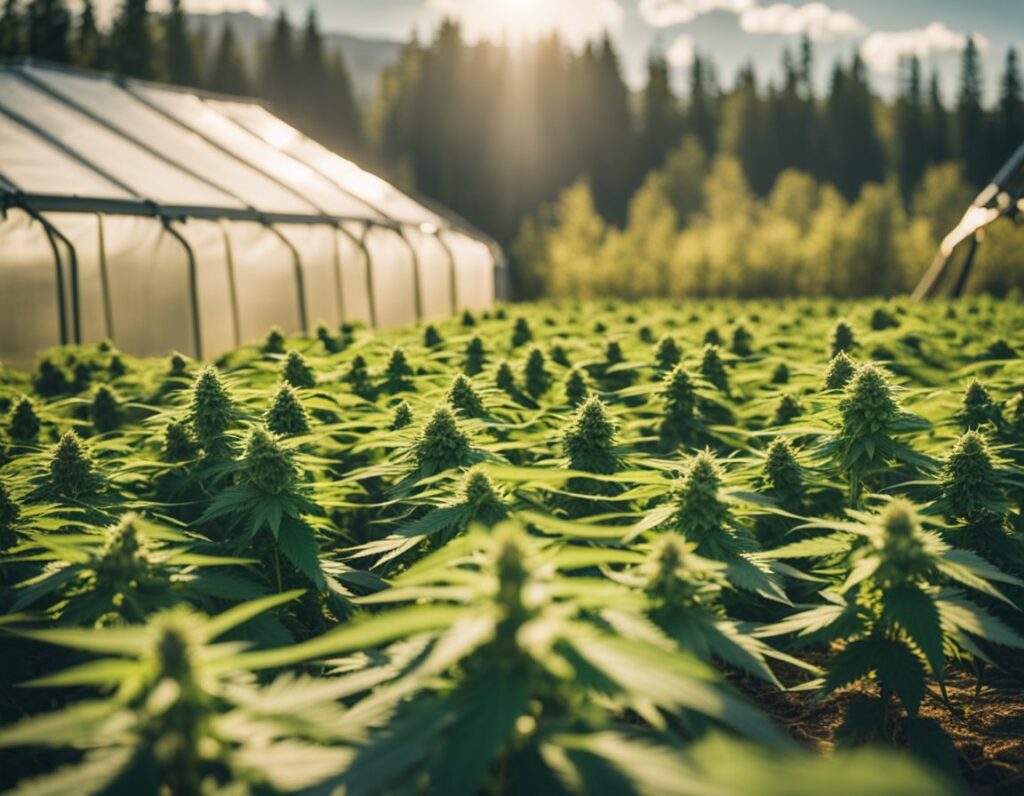
The genetics of French Cookies plays a significant role in its cultivation success. When selecting cannabis seeds in USA, it’s essential to consider both the genetics and seed types available. Knowledge of these elements can guide you toward optimal growth and yield.
Cannabis genetics directly influence the plant’s characteristics, including growth rate, yield, and effects. French Cookies strain, a hybrid, combines qualities from both Indica and Sativa parents, producing unique flavors and effects. Understanding these genetic traits helps you predict how the plants will behave in various climates and soils.
Key Genetic Traits to Consider:
Choosing high-quality French Cookies seeds ensures that you benefit from favorable traits inherent to this strain, enhancing your cultivation efficiency.
When selecting French Cookies feminized seeds, feminized options are often preferred. Feminized seeds guarantee that your plants will produce flowers rather than male pollen, maximizing yield. This selection is crucial for growers aiming for top-quality buds.
Factors to Consider When Choosing Seeds:
By prioritizing these factors, you will significantly improve your chances for a successful harvest and enjoy the robust qualities that French Cookies has to offer.

Creating the ideal environment for growing French Cookies outdoor climate in the USA requires careful consideration of temperature, humidity, and sunlight. Each factor plays a crucial role in ensuring healthy plant development and maximizing yield.
French cookies thrive best in warmer climates, typically requiring a temperature range of 70°F to 85°F (21°C to 29°C) during the growing season. Plants may become stressed outside this range, affecting growth and productivity.
In cooler conditions, below 60°F (15°C), growth slows significantly. It’s essential to monitor nighttime temperatures, as sustained drops below this threshold can hinder flowering and fruit set.
Using soil thermometers can help ensure optimum soil temperatures, which should ideally remain above 65°F (18°C) at planting. Proper planning for seasonal temperature fluctuations, including frost protection measures, enhances your odds of a successful crop.
Humidity levels between 50% and 70% are generally optimal for French cookies. High humidity can lead to mold and fungal issues, while too little can cause stress, leading to poor growth.
It’s crucial to monitor local rainfall and possible irrigation needs. Excessive rain can drown roots, while drought can necessitate supplemental watering. Employing a rain gauge can assist in gauging water needs precisely.
Consider using raised beds or mounded rows to improve drainage in areas with heavy rainfall. This design allows excess moisture to flow away from the root zone, promoting healthier plants.
Sunlight is vital for the growth of French cookies. Aim for at least 6 to 8 hours of direct sunlight daily. Adequate sunlight enhances photosynthesis, increasing yields and improving flavor profiles.
Monitor your plants’ shade exposure throughout the day. Locations with consistent sun exposure will outperform those that receive sporadic shade.
Photoperiod plays a role in flowering, so understanding how your specific variety responds to increasing daylight hours can help in planting decisions. Consider utilizing reflective materials or position plants to maximize sunlight penetration for optimal growth.

To cultivate French cookies outdoors successfully, focus on establishing optimal soil conditions and effective nutrient management. Your soil needs to be well-draining and rich in organic matter to support healthy plant growth.
French cookies thrive in well-draining soil with a pH between 6.0 and 7.0. Conduct a soil test to assess pH and nutrient levels. You can use a home testing kit or send samples to a local agricultural extension service.
In your garden, incorporate sandy loam or loamy soil types, as they provide excellent drainage and aeration. If your soil is too acidic, add lime to raise the pH. Conversely, for alkaline soil, consider adding sulfur or peat moss to help acidity.
Enhance your soil structure and nutrient profile by incorporating organic matter. Adding compost or well-rotted manure improves soil fertility and helps retain moisture. Aim for at least 2-3 inches of organic material mixed into the top 6-12 inches of soil.
For a nutrient-rich diet for your plants, consider using balanced fertilizers that include nitrogen, phosphorus, and potassium. Follow the manufacturer’s guidelines to avoid over-fertilization, which can damage your plants. Regularly amending the soil ensures that essential nutrients remain available, supporting healthy growth throughout the growing season.

Understanding the growth phases of French Cookies is essential for maximizing your outdoor yield. This section covers the critical stages of germination, vegetative growth, and flowering, along with effective care techniques to ensure robust plants.
Start by soaking your French Cookies seeds in water for 24 hours to initiate germination. This step activates the seeds, enhancing their chances for sprouting.
After soaking, place the seeds in a moist paper towel inside a plastic bag or container, ensuring it remains warm.
Check daily for sprouting and transfer the seedlings to small pots with high-quality soil once they develop roots. Keep the soil consistently moist but not soggy. To promote healthy growth, provide ample light, ideally using grow lights during the early stages.
During the vegetative phase, which lasts about 4-6 weeks, focus on providing ample light (18-24 hours a day) to promote vigorous growth. Monitor light intensity and adjust as needed to prevent stretching.
Implement low-stress training (LST) techniques to shape your plants. Gently bend and secure branches to expose more bud sites to light, optimizing your yield.
Transition into the flowering phase, usually 7-10 weeks long, by reducing light hours to 12 per day. During flowering, continue pruning excess foliage to ensure adequate airflow, preventing mold and fungi.
Outdoor cultivation exposes plants to various threats, including pests and fungi. Regularly inspect your plants for signs of aphids, spider mites, and whiteflies.
Introduce beneficial insects, such as ladybugs, to naturally manage pest populations. Use neem oil as a preventative measure against both pests and fungal diseases.
Maintain proper spacing between your plants to improve airflow, which helps prevent mold, particularly during humid conditions. If you notice any signs of mold, promptly remove the affected areas to minimize spread. Regular monitoring and a proactive approach will protect your crop and ensure a successful harvest.

Effective harvesting and processing techniques are essential to enhance the quality and potency of French Cookies cannabis. Focusing on timing, proper handling, and optimal drying and curing methods can significantly impact your final product’s flavor profile and THC content.
Harvest time is critical for achieving high THC levels and a rich aroma in your cannabis. Generally, French Cookies should be harvested when trichomes are mostly cloudy with some amber, signaling peak potency.
To determine the right moment, closely inspect your plants under magnification. Aim for about 70-80% cloudy trichomes to ensure optimal THC levels while retaining aromatic qualities.
Weather conditions can also influence harvest timing. Ideally, harvest on a dry day to reduce moisture in your buds, preventing mold and enhancing flavor during drying.
Proper drying and curing significantly affect the final quality and potency of French Cookies. After harvest, hang your trimmed buds upside down in a dark, dry room with good airflow. Maintaining a humidity level of around 45-55% is crucial to prevent mold growth.
Leave the buds to dry for about 7-14 days, until the stems snap easily. Once dried, proceed to cure your buds. Place them in airtight jars, opening once a day for about 15 minutes to release excess moisture. Curing should last at least 2-4 weeks, enhancing your cannabis’ flavor and aroma.
Store your cured cannabis in a cool, dark place in airtight containers to preserve potency and freshness.
Monitoring trichome development is vital for deciding when to harvest your French Cookies. Trichomes are small resinous glands that indicate the plant’s maturity and potency.
When trichomes appear clear, your plant is still maturing. Wait for them to turn cloudy, indicating increasing THC levels. As some amber trichomes develop, the THC begins to degrade into CBN, providing a more sedative effect.
Regularly checking trichomes with a jeweler’s loupe or microscope ensures you harvest at the right time, optimizing both aroma and flavor profile. Aim for a balance of cloudy and amber trichomes for the best experience.

Cultivating French cookies outdoors in the USA requires ongoing adaptation and refinement of techniques. Understanding your climate and the specific needs of the cookie plants is essential for improving yield potential.
Key Considerations:
You can experiment with different cultivation methods, such as:
As you progress, monitor your crop closely. Track changes in yield based on different variables. This data can provide insights for future planting.
Consider attending workshops or joining local gardening clubs. Sharing experiences with fellow growers can enhance your understanding of successful cultivation practices.
You should also stay updated on agricultural research relevant to cookie cultivation. New findings can offer innovative strategies for improving crop quality and output.
Taking a proactive approach ensures that your outdoor cookie cultivation remains productive and sustainable.
This section addresses key inquiries related to cultivating French Cookies outdoors with Farmers Lab Seeds. Each question explores specific conditions and practices necessary for successful growth.
The ideal temperature range for growing French Cookies outdoors is between 70°F to 85°F (21°C to 29°C). Temperatures below 60°F (15°C) can hinder plant development, while excessive heat above 90°F (32°C) may stress the plants.
You can expect an outdoor French Cookies cannabis plant to yield approximately 14 to 21 ounces (400 to 600 grams) per plant under optimal conditions. The yield can vary based on factors such as soil quality, climate, and care practices.
French Cookies plants thrive with at least 6 to 8 hours of direct sunlight daily. Exposure to full sun promotes healthy growth and maximizes resin production in the buds.
Transplant outdoors after the last frost has passed and when seedlings have developed 2 to 3 sets of leaves. This timing helps ensure the plants establish well in their new environment.
Common pests that may affect outdoor French Cookies include aphids, spider mites, and caterpillars. Preventative measures include using organic insecticides, introducing beneficial insects, and maintaining plant health through proper watering and nutrient management.
We ship and deliver world wide via USPS and various couriers.
We offer a wide range of secure and anonymous online payment options.
We care about you, our customer. Please contact us with any questions or concerns.
Find out more about the benefits of being a loyal and regular customer.
WE ARE EVERY GROWERS ONE STOP SHOP TO ACQUIRE PREMIUM CANNABIS SEEDS FOR SALE IN THE USA, CANADA AND AUSTRALIA

Farmers Lab Seeds 2024, | All Right Reserved
Seeds are sold as novelty items, souvenirs, and collectibles. They contain 0% THC. We encourage our customers to check the legislation in their Country, State, Province, and Municipality prior to purchasing items from our store. We do not provide growing information.
All seeds are sold as hemp, and lab tested under 0.3% THC. This product is not for use by or sale to persons under the age of 21. This product should be used only as directed on the label. It should not be used if you are pregnant or nursing. Consult with a physician before use if you have a serious medical condition or use prescription medications. A Doctor’s advice should be sought before using this and any supplemental dietary product. All trademarks and copyrights are property of their respective owners and are not affiliated with nor do they endorse this product.
These statements have not been evaluated by the FDA. This product is not intended to diagnose, treat, cure or prevent any disease. Individual weight loss results will vary. By using this site, you agree to follow the Privacy Policy and all Terms & Conditions printed on this site. Void Where Prohibited by Law.